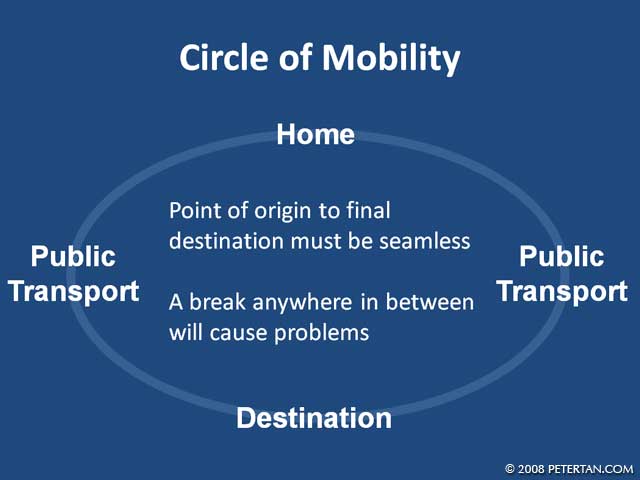I took the news of the Kuala Lumpur MRT project with some enthusiasm and many pinches of skepticism. Past experiences have taught me that public transport facilities for disabled people in Malaysia always fall short of the acceptable standards despite assurances from the government.
The main grouse with public transport in the Klang Valley for disabled people is the lack of accessibility and poor connectivity. Right from the moment one steps out from the house and even before reaching the bus stops, there are multiple barriers to contend with.
Sidewalks, footpaths and pavements generally lack kerb ramps or damaged by indiscriminately parked vehicles. These are in addition to obstructions along the pathways and drain grilles that can potentially trap wheels and heels. The problem does not end there.
At the time of writing, there are no accessible buses serving Pandan Perdana where I live. I am certain this is not an exception. Most of the RapidKL buses serving housing estates are not accessible. The question begging answers is how are disabled people suppossed to get to the MRT stations from our homes?

Circle of Mobility for Disabled People
To ensure that disabled people have access to the MRT, the Circle of Mobility for Disabled People must be considered from a holistic perspective. The journey to the bus stops, the buses and eventually to the MRT stations and the trains must be uninterrupted by barriers. Otherwise, the most accessible MRT stations will be useless to disabled people because we cannot get to them.
